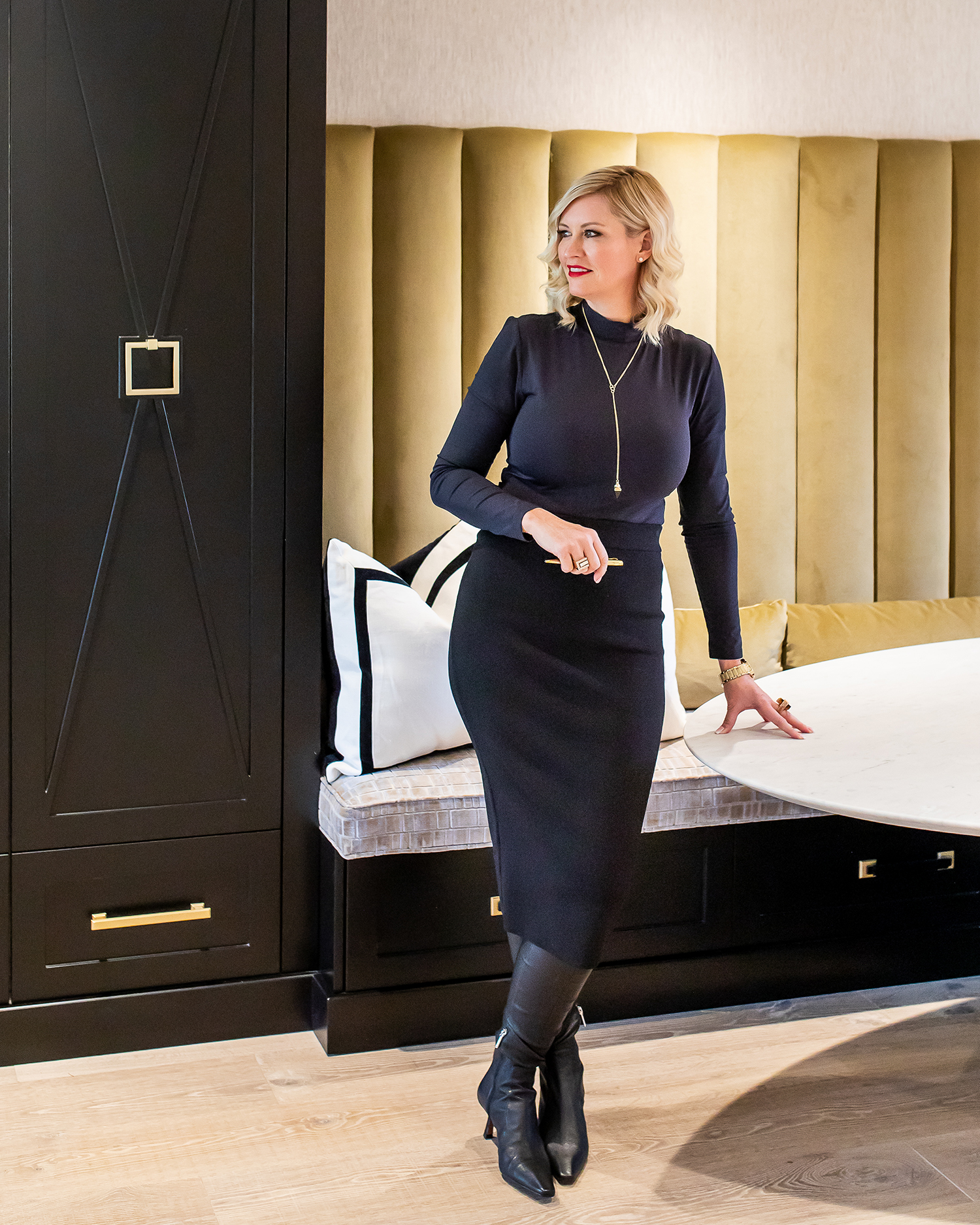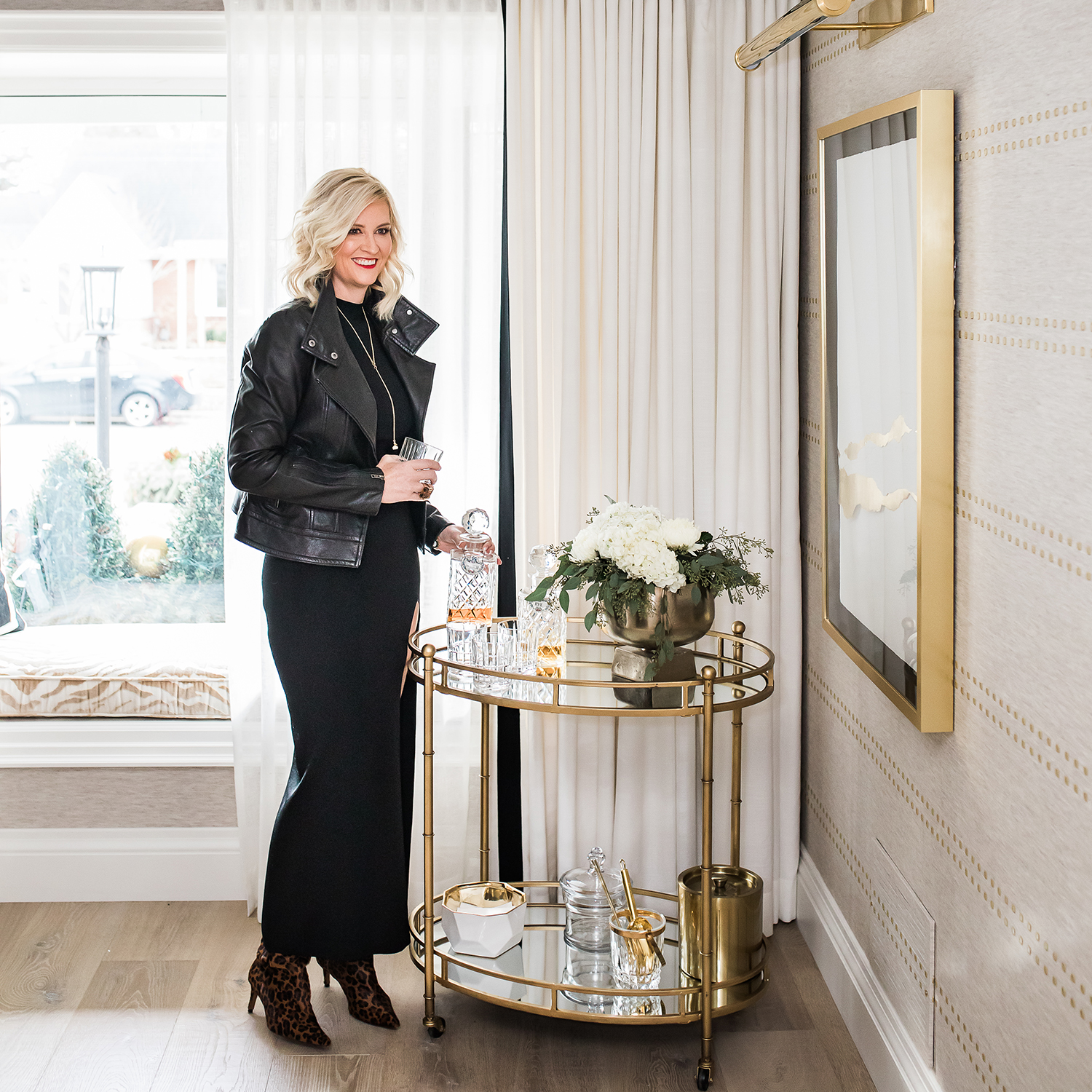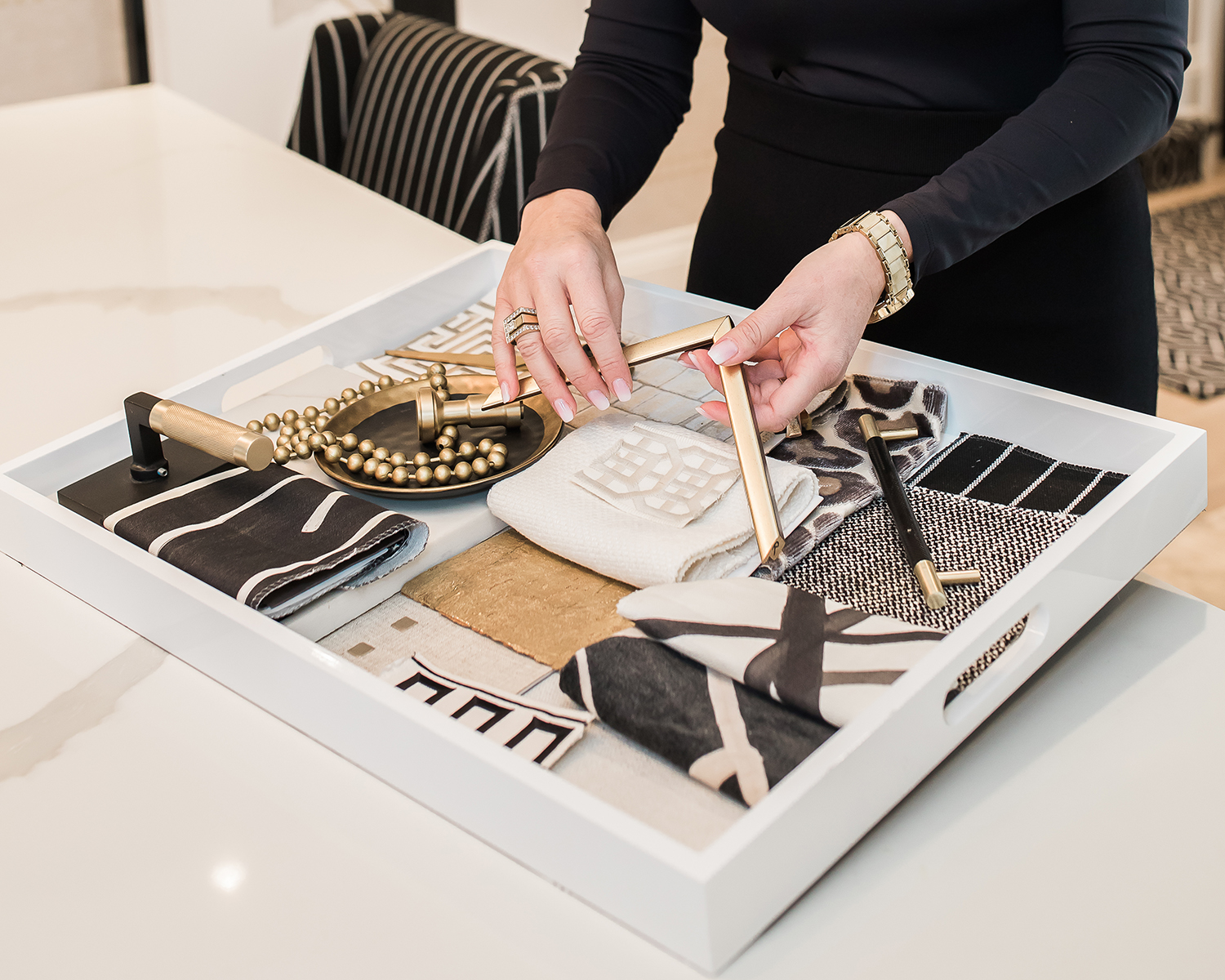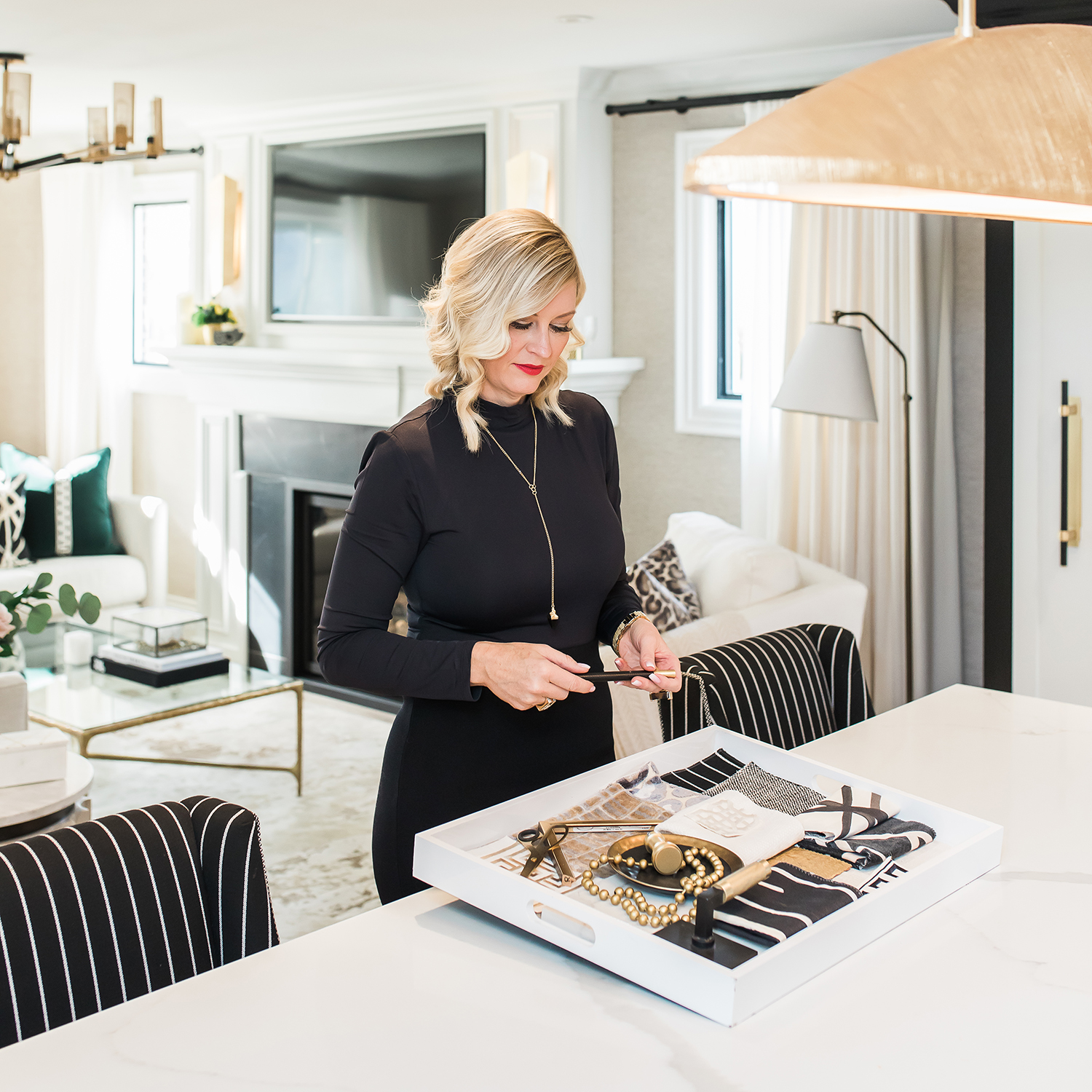WRITTEN BY LISA VAN DE GEYN
Women know there’s nothing quite like being well-dressed — when we walk into a room in the perfect blazer, a killer pair of stilettos and a fashion-forward handbag, we instantly feel like the epitome of style and the true definition of self-confidence. We have a wide selection of outfits that can express our tastes, moods and personalities, and women’s wear is fawned over around the world. But women’s clothing is so much more than our attire — it’s universally known that our fashion has much to do with trends in interior design. For example, you’ve likely heard the adage “from runway to room.” I can definitely say that this rings true to me as a designer. As someone who has been conceptualizing and crafting interiors for homeowners for more than 20 years, I’m confident that those of us who are in the business of keeping an eye on the trends know that what you see on the runway this season (think colours, patterns, textures and fabrics), you’ll absolutely see in stunning adobes next season.


It’s true that design and decor have typically taken on a more feminine feel for the last several decades — there’s been an onslaught of design featuring various shades of pink, florals, French furniture and soft materials. That said, there’s no doubt in my mind that men’s style isn’t just as powerful. It’s not as obvious, but it’s certainly true that the essence of flawlessly tailored menswear makes an appearance in home decor. While polished suiting in masculine hues and textures might not get the same attention as a little black dress or a perfectly fitted blazer, men’s fashions can be just as impressive as women’s — and in many cases, it can be even more influential than women’s wear.
Let’s start with palettes: Menswear tends to veer toward the darker shades of more sophisticated colours; there’s a lot of navy, hunter green, charcoal grey, cognac and burgundy. In men’s suiting, there’s a reason you’ll never see, say, a bright red suit — you won’t find a red suit jacket or red slacks in a high-end men’s clothier. Think of full suiting as furniture in a space. When I use charcoal or other dark masculine shades, I bring in colour and texture in the accessory pieces, much the same way men bring in colour in the dress shirts, ties and socks they wear with their suit. These pieces are the accent to the suit in the same way art, pillows and

window coverings are the accent to a room. Consider patterns the same way. Herringbone, houndstooth, argyle, tweed, pinstripe and plaid are menswear-inspired patterns that add plenty of visual interest and depth when paired with the darker hues evocative of masculine design — I tend to use some of these patterns in rugs, pillows and other decorative pieces.

Next, when you think about masculine textures, it’s truly all about natural materials such as wood, stone, leather, marble, wool and suede. Consider a pair of cognac-coloured leather club chairs — they’re relaxed, they have that lounge-like feel and they’re the epitome of masculinity. Now, add a clean-lined industrial-style brass bar cart with decanters and stainless- steel accessories, and you have quite the sexy vignette. Metals are also a good example of a material used in interior design that has more masculine notes. Brass, copper, aluminum, wrought iron and stainless steel are all hard materials that pair beautifully with softer surfaces. (They’re also versatile in that they’re available in different finishes, such as brushed and hammered, which can have a very masculine feel.) If you think of a
men’s suit, his leather belt contrasts with the textures of his suit fabric. The metal on his belt acts as an accent or embellishment. Now think of a room with a hunter green leather ottoman adorned with dramatic nail-head embellishments. In both the men’s suit and the room, the two materials work perfectly together and create the ultimate striking, refined look.
